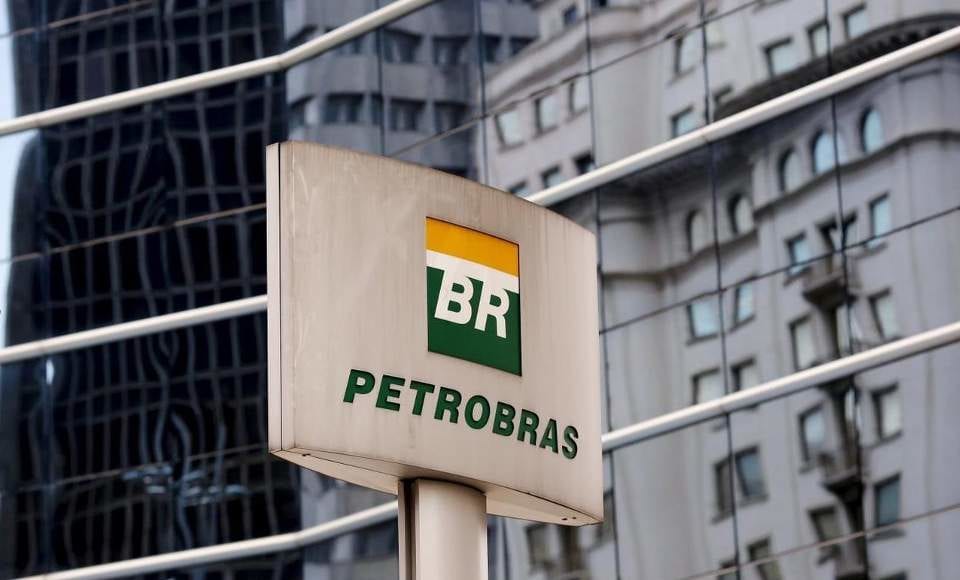Petrobras has an ambitious investment plan totaling US$18 billion, slated for implementation until 2027. This strategy is focused on revitalising and expanding the renowned Campos Basin.
The sizeable investment is earmarked for a multifaceted transformation, with a significant portion allocated to the installation of six state-of-the-art stationary production units. These advanced facilities are poised to revolutionise oil extraction, enhancing efficiency while minimising environmental impact.
Brazil halts dumping of Petrobras assets to pursue new energy policy | OilNOW
Notably, the investment blueprint also encompasses the creation of over 200 wells, further testament to Petrobras’ commitment to harnessing cutting-edge technology to optimize production and ensure long-term sustainability. At the heart of the plan lies the all-electric floating production, storage, and offloading (FPSO) vessel named Maria Quitéria expected to slash CO2 emissions by more than five million tons. The company will also be exploring the possibility of offshore wind energy.
Petrobras recently added a new FPSO to the Campos Basin – the Anita Garibaldi.
The FPSO is poised to operate concurrently in the post-salt and pre-salt regions of the Marlim and Voador fields, Petrobras said in an announcement on August 16. The vessel can produce 80,000 barrels of oil per day (bpd) and process up to seven million cubic metres of gas per day. This addition to Petrobras’ assets forms a key component of the Campos Basin Renewal Plan, a program heralded as “the largest mature asset recovery program in the world industry.”
The Campos Basin is the main sedimentary area already explored off the Brazilian coast. It ranges from the outskirts of Vitoria (state of Espírito Santo) to Arraial do Cabo, off the northern coast of Rio de Janeiro, an area of approximately 100,000 square kilometres.



